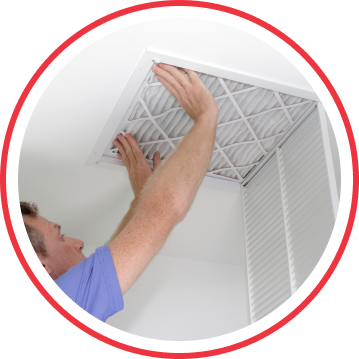Indoor Air Quality in Katy
Relying on indoor air quality services in Katy, TX, to install such equipment as an air purifier or air scrubber is now more important than ever. These innovative systems effectively filter out harmful particles, ensuring that the air you breathe is fresh and clean.
Investing in these systems significantly reduces the risk of respiratory problems, allergies, and other health issues associated with poor air quality. Furthermore, indoor air quality systems create a pleasant atmosphere that promotes productivity and overall well-being.



